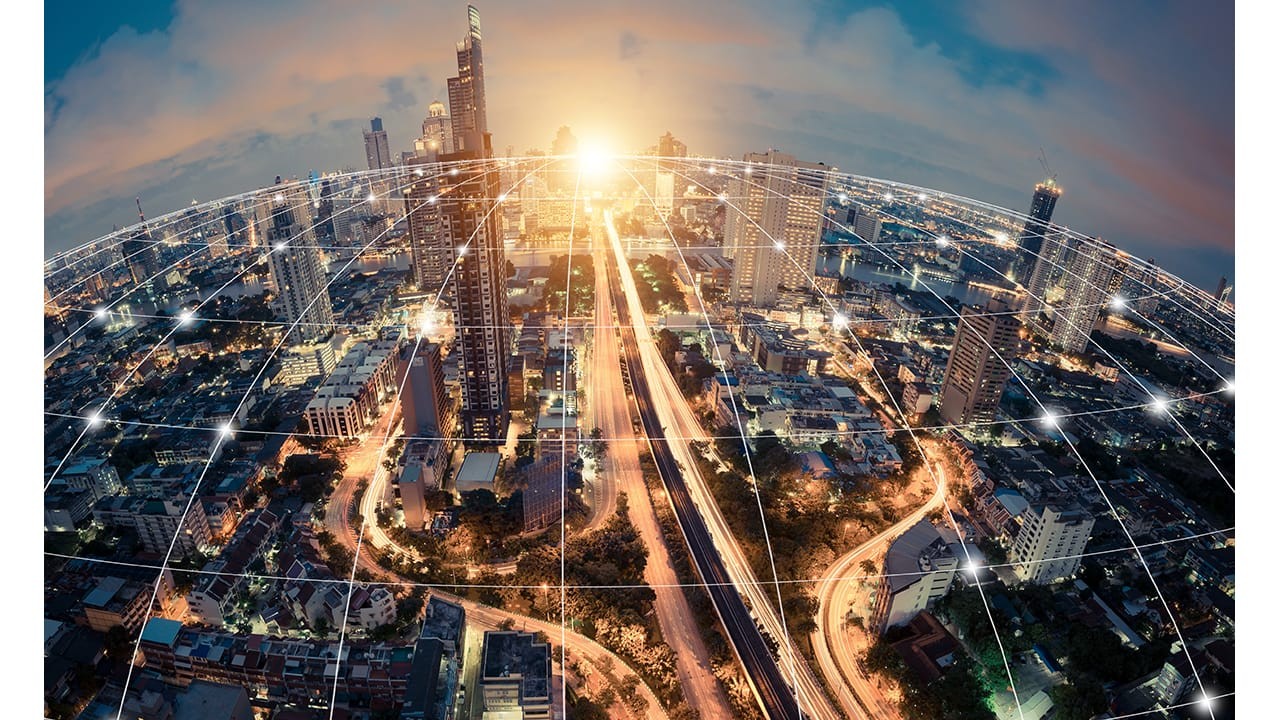In the rapidly evolving landscape of urban development, the concept of smart cities has emerged as a transformative force in urban planning. Smart cities leverage cutting-edge technology to enhance the quality of life for their residents, streamline city operations, and foster sustainable growth. This article delves into the core elements of smart cities and their impact on urban planning.
Understanding Smart Cities
At its core, a smart city integrates digital technology into all aspects of urban life. This integration is not merely about adding new gadgets or infrastructure but about creating a holistic system that uses data and technology to solve urban challenges. Smart cities utilize various technologies, including the Internet of Things (IoT), big data analytics, and artificial intelligence, to improve city management and services.
The essence of a smart city lies in its ability to collect and analyze data from a multitude of sources. Sensors and connected devices gather real-time information on traffic patterns, energy consumption, air quality, and more. This data is then processed to provide actionable insights that inform decision-making, streamline operations, and enhance the overall urban experience.
The Role of Technology in Urban Planning
Urban planning is the discipline responsible for the development and design of land use and the built environment. In traditional urban planning, the focus was often on physical infrastructure and zoning regulations. However, in the context of smart cities, technology plays a crucial role in reshaping these processes.
One of the most significant impacts of technology on urban planning is the ability to simulate and model various scenarios. Advanced software tools allow planners to create detailed simulations of urban environments, predicting how changes will affect traffic, infrastructure, and overall quality of life. This predictive capability enables more informed decision-making and better planning outcomes.
Additionally, technology facilitates greater public engagement in the planning process. Digital platforms and apps provide residents with opportunities to voice their opinions, participate in surveys, and engage with planning initiatives. This increased engagement ensures that the needs and preferences of the community are better represented in urban development projects.
Enhancing Urban Infrastructure
Smart cities are characterized by their advanced infrastructure, which is designed to be both efficient and adaptable. Intelligent transportation systems, for example, use real-time data to optimize traffic flow and reduce congestion. Smart street lighting adjusts brightness based on pedestrian and vehicle presence, enhancing safety and reducing energy consumption.
Moreover, smart grids play a crucial role in modern urban infrastructure. These grids use digital technology to monitor and manage energy distribution more effectively. They enable the integration of renewable energy sources and provide real-time information on energy consumption, leading to more efficient and sustainable energy use.
Sustainability and Resilience
Sustainability is a cornerstone of smart city initiatives. By using technology to monitor environmental conditions and manage resources efficiently, smart cities aim to reduce their ecological footprint. For instance, smart water management systems can detect leaks and optimize water usage, while green building technologies contribute to energy efficiency and reduced emissions.
Resilience is another key focus. Smart cities are designed to be adaptable in the face of challenges such as climate change, natural disasters, and economic fluctuations. Technology provides the tools for better risk management and emergency response. Real-time data helps cities respond swiftly to crises, while predictive analytics support long-term planning for future uncertainties.
The Future of Smart Cities
As technology continues to advance, the concept of smart cities will evolve further. Innovations such as 6G networks, enhanced AI capabilities, and advanced sensor technologies will drive new possibilities for urban living. The future of smart cities will likely see even greater integration of technology into daily life, leading to more efficient, connected, and sustainable urban environments.
Conclusion
Smart cities represent a paradigm shift in urban planning, where technology and data-driven insights play a pivotal role in shaping the future of urban living. By enhancing infrastructure, fostering sustainability, and improving resilience, smart cities offer a vision of urban environments that are not only more efficient but also more responsive to the needs of their inhabitants. As we move forward, the continued development and implementation of smart city technologies will be essential in addressing the complex challenges of modern urban life.

